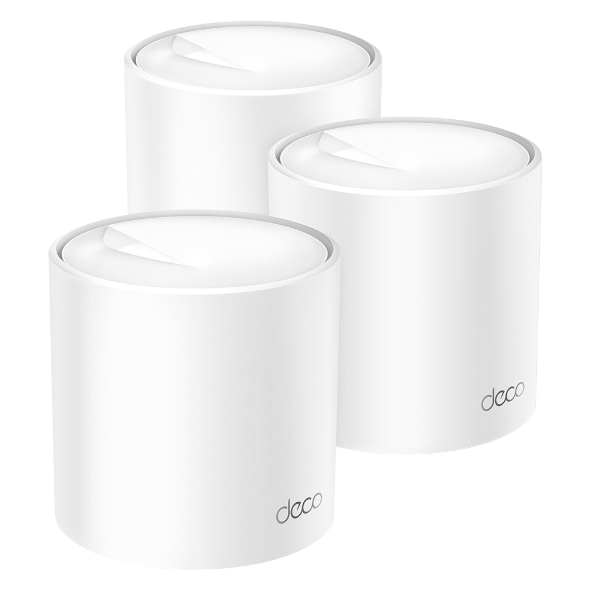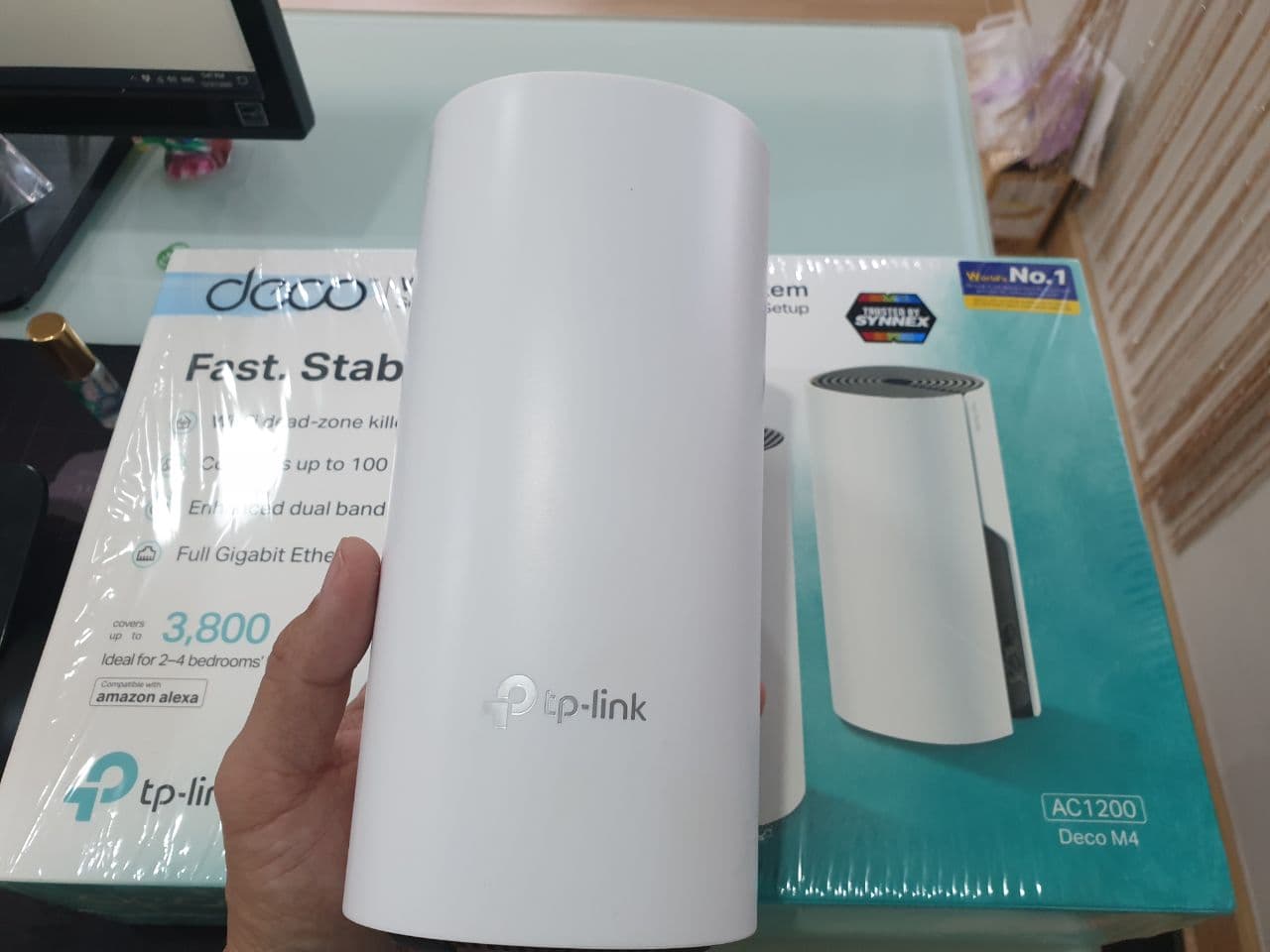
I read the Amazon reviews, a couple of which had good tips for installation, reviewed the TP-Link online instructions, and downloaded their handy iOS app. What will determine failure or success in this brave new world? Most every organization has been thrust into the future of work. Frankly, I take no joy in fussing about with networks. My experience with LANs goes back to thickwire base-10 Ethernet and vampire taps.

One of the potential negatives on the lower-end mesh networks, according to reviewers, is the lack of advanced controls and options. I have no desire to have Amazon (or Google) listening to me all the time, so I don't buy them.

The model I bought, the M4, offered an upgraded version, also called the M4, which supports Alexa if you add an Alexa device. Verified buyers seemed pretty happy, so I pulled the trigger. While the TP-Link system didn't make anyone's best lists, one reviewer noted that the brand was rapidly becoming one of their favorites. I started by reading reviews and pricing systems. I couldn't pin that on a weak or varying Wi-Fi signal, but it seemed possible, so I decided to give a mesh Wi-Fi system a try.
_EU_V1.0_05_large_1548897144513x_large_1585665683360i.jpg)
While the single cable modem/router seemed to offer good coverage, according to the Wi-Fi gauges on a dozen or so Macs, iPhones, iPads, and Rokus, there were often annoying delays or temporary dropouts.

Most of the computing happens at opposite ends of a long rectangle, with the Wi-Fi router placed in the center. Moving from node to node is invisible to you and your devices, although if you're jogging around your property while streaming the continual switching may slow things down. A mesh network gives you seamless Wi-Fi access throughout your crib. While Wi-Fi extenders are a lot cheaper than mesh networks, they don't have the performance or convenience of mesh networks. These are ZDNet's top picks for Wi-Fi routers suitable for home offices and remote working.


 0 kommentar(er)
0 kommentar(er)
